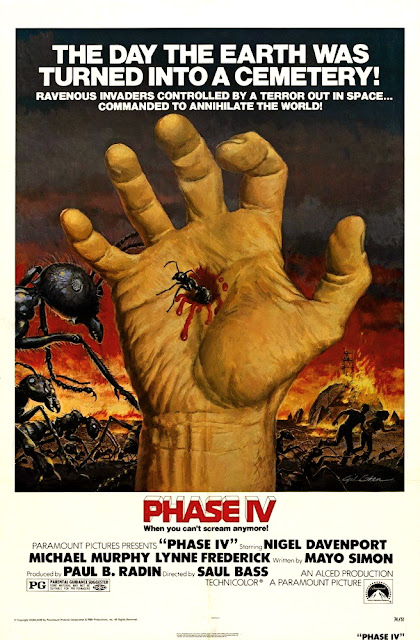One doesn’t generally
reach for the word lyrical when
describing a ’70s TV movie, but the adjective suits The Winds of Kitty Hawk, which dramatizes the adventures of flight
innovators the Wright Brothers with a touch of poetry thanks to evocative
locations, a lilting musical score, and a quietly insistent leading performance
by Michael Moriarty. How much artistic license was taken with facts about the
Wrights and their competitors is a discussion for another space, but whether or
not The Winds of Kitty Hawk is wholly
accurate, it’s a gently compelling drama. Set at the dawn of the 20th century,
the story sprawls across several summers during which the driven Wilbur Wright
(Moriarty) and his indefatigable brother, Orville (David Huffman), visited the
titular location in the Carolinas to refine their groundbreaking flying
machines.
The scenes taking place in Kitty Hawk are the film’s most engrossing,
because the otherworldly location of endless sand dunes buttressing an ocean
accentuates the magic involved with advancing the human species. As the picture
makes clear, the Wrights didn’t invent flying machines, but rather perfected them in important ways; this
nuance powers the plot, because the Wrights are in a race with other inventors
to register the crucial first patent on a fully realized airplane. For example,
just when the Wrights seem close to a breakthrough, they fall into competition
with fellow aviation innovator Glenn Curtiss (Scott Hylands), whom the film
portrays as stealing his best ideas from the Wrights and thereby snowing
millionaire Alexander Graham Bell (John Randolph) into backing a Curtiss
vehicle instead of a Wright Brothers vehicle.
As directed by the prolific TV
helmer E.W. Swackhamer—who obviously benefited from better material than he
usually got—the picture does a fine job of balancing character study with
procedural minutia. So, just as the picture contrasts the superhuman
determination of Wilbur with the more grounded pragmatism of Orville, the
picture toggles comfortably between small scenes of the Wright Brothers working
out mechanical specifics with larger scenes of, say, Curtiss and Wilbur
squaring off in high-stakes flying contests. The film’s re-creations of early
planes merit special mention, because whether these vehicles are shown in long
shots via miniatures, in close-ups via partial mockups, or in medium shots via
full-size replicas, the illusions The
Winds of Kitty Hawk creates are just good enough to give viewers a sense of
what it must have been like to rise from the sand dunes and cruise along air
currents. Designed as a loving tribute to the Wright Brothers, rather than a
probing examination, The Winds of Kitty
Hawk is more inspirational than educational—but it’s hard to see how that’s
a bad thing. (Available as part
of the MGM Limited Collection on Amazon.com)
The Winds of Kitty Hawk: GROOVY















